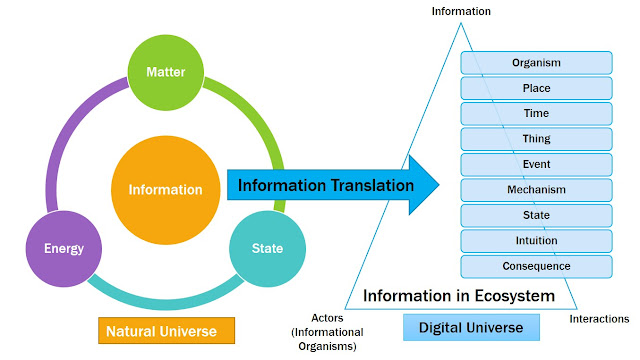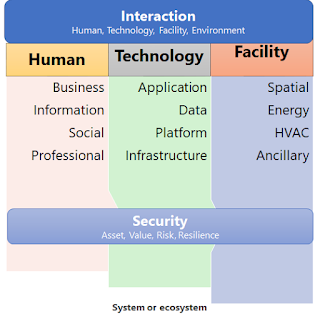Circular Information Lifecycle Management for Enabling Circular Economy
Circular economy is about recycling, remanufacturing, reusing products, services and information for continuous value re-co-creation while reducing waste and enhancing positive economic, environmental and social impacts. This requires to re-conceptualize and re-design the economic ecosystems and business models for optimisation and innovation. Information management is extremally important to provide intelligence & insights for effective decision making and actions enabling circular economy. This article presents the following circular information lifecycle management for enabling circular economy. In circular information lifecycle management (CILM), information can be restored and recycled like another product or service in the circular economy. The CILM is composed of six key stages: discover & collect, classify & secure, prepare & release, access & use, archive & purge, and restore & recycle. Circular Information Lifecycle Management (CILM) - Circul



